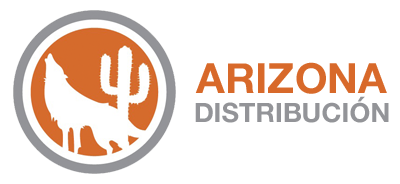What Are Quantitative Knowledge Analysis Techniques?
Once you can decide what your customers took issue with in that area, make the required modifications. Although qualitative knowledge may give a deeper understanding of every userâs experience, because they’re so private and individual to every consumer, qualitative data can’t give you the massive image. Luckily, there are a tremendous variety of website information analytics tools that can present reams of data in your customers and on every little thing theyâre doing while browsing your website.
The exhausting information gleaned from quantitative and qualitative knowledge will enable you to make critical enterprise decisions based mostly on observations. Research questions for amassing quantitative knowledge may include multiple-choice and linear scales, anything that permits your organization to collect and collate statistics. All of this quantitative information provides important information that your corporation can use to pivot, iterate and/or strengthen the product or service. Gathering this sort of knowledge allows your corporation to develop deep understandings of usersâ behaviors and the success of sure options of your app, web site, or enterprise. There are a quantity of the cause why companies like to lean more heavily on quantitative data than qualitative knowledge, particularly when conducting surveys. Qualitative questions could be interpreted differently by every participant while quantitative questions are extra clear and concrete.
It also lets you use statistical evaluation, which lets you make inferences and come to conclusions a couple of bigger group of people. Generally talking, quantitative information is better for evaluation and making conclusions about a bigger group of people. Is data that can be measured, is usually numerical, and follows a scale. This can embrace issues like the number of page views on a net site, the amount of cash made through a product, or the weight of an object.
This improves a companyâs interplay with its clients and prepares the street for client endorsements. Data is being generated at an increasing rate because of the enlargement in the variety of computing units and the expansion of the Internet. Most of this information is quantitative and particular tools and strategies are evolving to investigate this “massive data”.
For example, qualitative knowledge are gender, country, city, nationality, and so forth. whereas quantitative knowledge are size, width, peak, weight, area, speed, age, and so forth. In comparison, qualitative information describes what was present in research using phrases. Therefore, the distinction between qualitative and quantitative data is that they provide different depths of information concerning what was discovered in the research.
While you’ll find a way to arrange, analyze, and extract so much information from numerically expressed information using these instruments, itâs a lot more difficult to homepage make use of them to handle descriptive, non-numerical data. Discrete knowledge is a form of quantitative information that may solely take sure values and cannot be damaged down into smaller components. Discrete information can only take the form of mounted values, which means that there are rules guiding what it can be.
Heat maps that present which components of which pages or app sections users tend to most focus their attention and their cursors. Surveys given to users asking them to comment on their experiences together with your website or give their thoughts about particular pages. Jon often contributes content material on conversion optimization to publications like Entrepreneur and Inc. Once youâve identified the areas of your website that are of particular concern, you want to understand whatâs going on and why your website guests are leaving at that junction. Thatâs where qualitative analysis comes into play and user experience is carefully examined. Tools like heatmaps and click on maps http://asu.edu allow you to gauge the effectiveness of your page content.
Anyone who has seemed by way of lots of figures, though, is aware of how impersonal it’d feel. What do figures inform us about someoneâs views, motivations, and thoughts? Even whereas itâs important to gather statistical data to identify company tendencies and inefficiencies, statistics donât all the time present the whole image. Qualitative data and analysis is used to review individual circumstances and to learn the way individuals think or really feel intimately. While quantitative analysis is predicated on numbers and mathematical calculations , qualitative research relies on written or spoken narratives .


Leave a Reply
Want to join the discussion?Feel free to contribute!